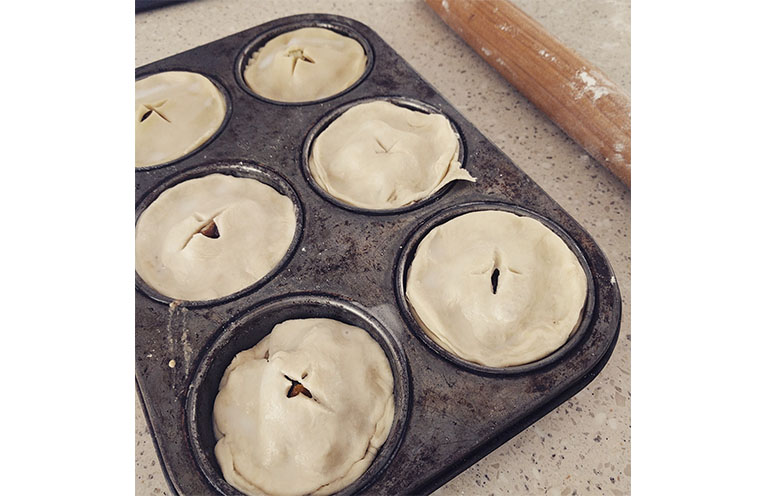
THIS year as you sit down to a well-deserved cup of tea and a mince pie, or leave a plate out for Santa, take a moment to think about the centuries of history behind this Christmas staple.
During the medieval period it was common to mix meat or even fish with expensive imported ingredients like sugar, dried fruit and spices.
Recipes of this type, sometimes called ‘shrid’ pies, are included in some of the earliest English recipes collections.
By the end of the 16th century the pies had acquired both their modern name (‘minst pyes’ in The Good Haus-wives Treasurie, 1588) and the strong connection with Christmas which meant they were sometimes also called Christmas pies.
Early modern recipes continued to have a good proportion of meat – veal or beef, mutton or even tongue – but they called for more and more fruit, spices and sugar.
Shipped from the Middle East, the East Indies and the Americas, these ingredients were a way to show off wealth and good taste.
For families that could only afford them once or twice a year then Christmas was the time.
Since then, as those ingredients became cheaper and as the combination of meat and sweet fruit became less fashionable the meat has all but disappeared from mince pies.
The only reminders of mince pies’ meaty history are the name, and the suet (kidney fat) which is still found in many recipes but can be replaced with butter for vegetarians.
If you’re not avoiding meat this season, however, why not add some meat to your mince pies with this seventeenth century recipe?
Not only does it cut down on the sickly sweetness of modern mince pies, but it’ll be a great conversation starter over a glass of eggnog.
The following is a mincemeat recipe based on My Lady of Portland’s Mince Pyes from ‘The Closet of Sir Kenelm Digby, Knight Opened’ (1669).
113g cooked beef, veal or tongue, diced (great for using up leftovers from roast beef or lamb or similar)
227g suet
170g currants
Peel of 1/8 lemon, diced
2/3 green apple, cored and grated
1 1/2 tsp freshly grated nutmeg
1/3 tsp mace, grated
1 tsp ground cloves
1 tsp ground cinnamon
1/4 cup rosewater
40g sugar
1/4 cup sherry
Candied citron and orange peel, sliced
Dates, sliced
Caraway seeds
To make the mincemeat, combine the meat, suet, currants, lemon, apple, ground spices, sugar and rosewater in a large bowl.
When making the pies, prepare shortcrust pastry cases and fill them with mincemeat then place slices of candied citrus peel and a sprinkle of caraway seeds before covering with the lid.
You can make either more modern small pies or, for a more traditional feel, make one large pie in a pie-tin.
For more historical recipes, see Kimberley’s blog Turnspit & Table at www.turnspitandtable.com.
By Kimberley G CONNOR, Food Historian and Historical Archaeologist.

